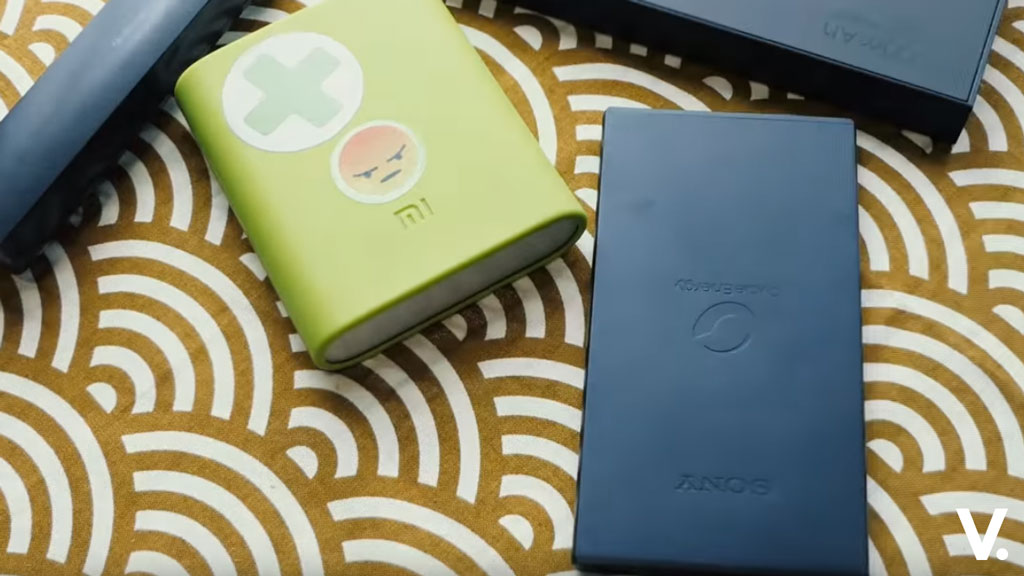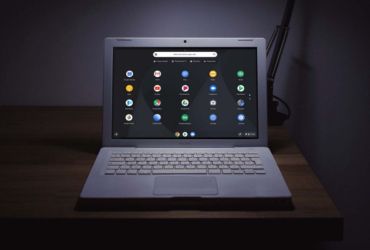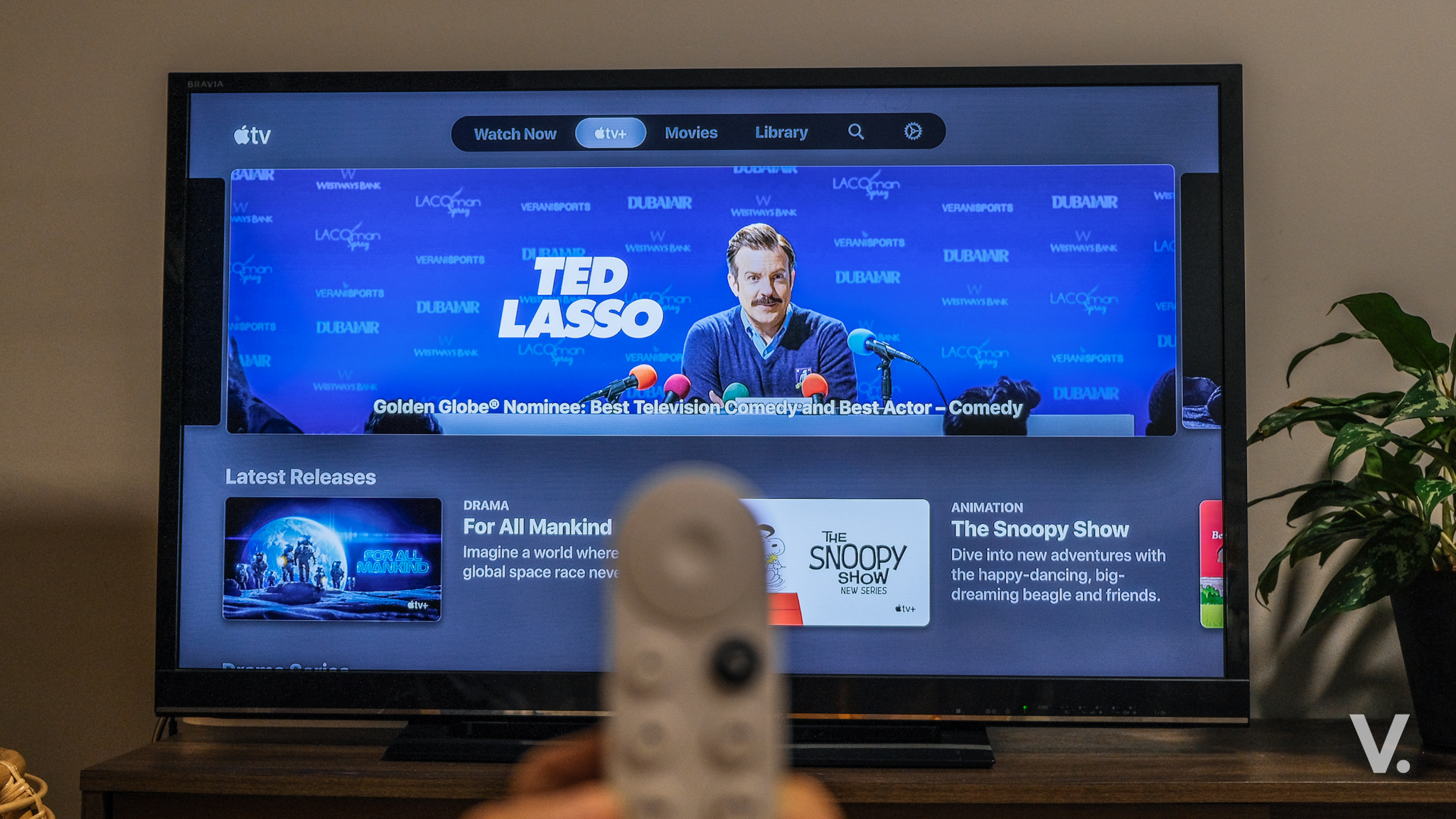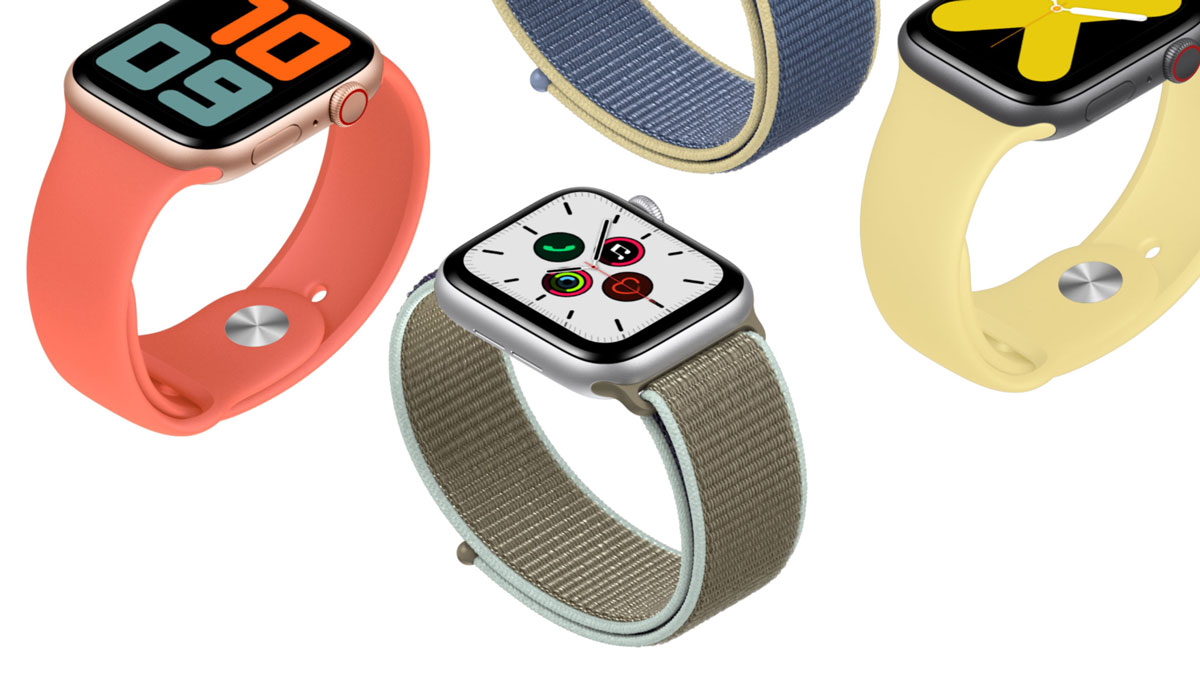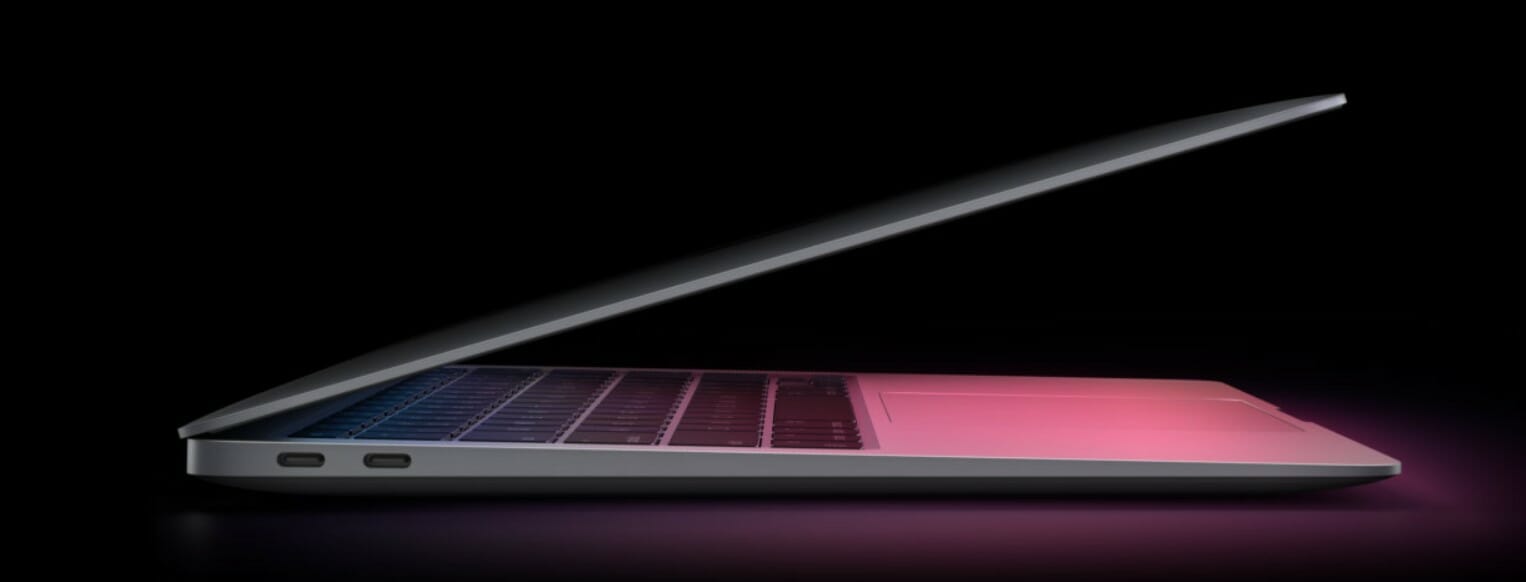Written by Ace Case
‘The thinnest, lightest, fastest iPhone ever’ – Apple.
The anticipation over the new iPhone 5 has been the biggest since any previous release in Apple’s series of smartphones. Along with such anticipation comes huge expectation and Apple has once again delivered. The iPhone 5 had been surrounded by rumours ever since the iPhone 4 had run its course; only for Apple to gives us an updated version called the 4S. Leaked photos, tentative release dates and one year later, Apple finally release the successor to the iPhone 4/4S; the iPhone 5. So much anticipation surrounded the iPhone 5 after Apple’s announcement at their annual Conference in September; so much so that the iPhone 5 had already begun breaking records before its initial release. With a reported 2 million pre-order sales taken in the first 24 hours, demand for the iPhone 5 has already outstripped its supply. This review will delve into the good, the bad and the ugly side of the iPhone 5; examining its design and features, and how it compares to its major rivals in the smartphone market. Moreover we will answer the question; does the iPhone 5 really stand up to all its hype?
[ad#Google Adsense 336×280]
Design
Stood against the iPhone 4/4S, the iPhone 5 does not seem to have changed much visually. However, the expanded size of the smartphone in length to accommodate the larger screen along with its aesthetic changes is subtle yet effective. The iPhone 5 is 18 per cent thinner and 20 per cent lighter than its predecessor, making it the thinnest and lightest iPhone to date. Albeit being a larger smartphone than previous models, in the palm of your hand it is arguably the most comfortable in Apple’s collection. The 4-inch Retina display allows users to see more of their apps and view more of every web page; making it a worthy addition to the iPhone 5. Furthermore the higher pixel density coupled with greater colour saturation allows the larger Retina display to provide an enhanced vividness to the iPhone 5’s apps, images and videos than previously seen.
The innovative design of the iPhone has always given Apple an edge over its competitors; you know it’s an iPhone when you see it. This proves to be a double-edged sword because although it shows consistency by Apple, the iPhone 5’s core design remains the same. Made from lighter materials to shed weight, the iPhone 5 is 20 per cent lighter than the iPhone 4S. Aesthetically the iPhone 5 is stunning, with its two-toned effect on the back of the smartphone. With its aluminium and glass body including a crystalline diamond finish on the back, the iPhone 5 is available in ceramic white or anodised black; one equally as beautiful as the other which makes the iPhone 5 certainly the most desirable in terms of looks. However, with beauty comes the delicate nature of damage that can be caused by dropping or scratching the iPhone 5. The downside to the design is that the anodised black version of the iPhone 5 seems to be more culpable to visible scratches so a case is highly recommended. See www.ace-case.co.uk for more on iPhone 5 cases.

Other important changes made to the iPhone 5’s design, much to the annoyance of users will be the replacement of the 30-pin connector with the new Lightning port. This means all previous chargers, docks and other accessories will have to be replaced. On the bright side, Apple has improved their antenna which means signal losses will be reduced.
Features
One of the most important features on the iPhone 5 will be the introduction of the A6 processing chip. Twice as fast as the A5, the improved performance and speed of the iPhone 5 is evidently noticeable without sacrificing battery life. The iPhone 5 also comes with 1GB of RAM. Apple forecast 8 hours of talk time, 8 hours of LTE browsing and 10 hours of video playback; not much difference compared to previous models of the iPhone. The A6 chip has been specifically designed to collaborate with the iOS 6 operating system, making the iPhone 5 the first smartphone to have the iOS 6 preinstalled. The interface on the iPhone 5 has also been given a slight makeover, improving accessibility.
LTE (Long Term Evolution) or 4G LTE is another new feature available on the iPhone 5. LTE allows for ultra-fast wireless connectivity; improving download speeds, optimising battery life and browsing time. The extent to how much the iPhone 5’s battery life is heightened as projected by Apple will nonetheless raise doubts, due to the addition of faster connectivity and a more powerful operating system. Only time will tell.
The iPhone 5 maintains its previous 8-megapixel camera, the iSight. But now it boasts a 28-megapixel panorama shot feature. The panoramic mode may be something to shout about for iPhone 5 users but the mere fact that its rivals have already made use of this feature indicates how Apple have had to play catch up. With the aid of the A6 chip however, you can now snap pictures up to 40 per cent faster than previously possible on the iPhone 4S. The iPhone 5 also has an improved 1080p HD video capturing feature. Face detection, image stabilising and capturing pictures while video recording are all notable improvements made to the iPhone 5’s camera. The front-face camera has also been bettered, which will improve FaceTime as you can now capture 720p HD videos and images. The iPhone 5’s camera though does not blow its competitors out of the water as the Samsung GALAXY S III and HTC One X both possess impressive cameras. The lack of image and video capturing modes may prevent iSight from being the better camera of the three, but the iSight is a much welcome improvement on Apple’s part nonetheless.
Siri makes its welcome return to the iPhone 5. The popular intelligent assistant is now more advanced and knowledgeable than when first introduced on the iPhone 4S. More questions and answers have been programmed in, thanks to the iOS 6. A standout feature of Siri this time around is you can now ask Siri to update your Twitter and Facebook by simply asking it to post a tweet or comment/status. Siri also allows you to open up apps by voice command which is a pretty cool feature, improving the ease of use and accessibility of the iPhone 5.

The most unwelcome update on the iPhone 5, Apple Maps is a case of ‘need to improve and fast’. The app has come under intense criticism and lets the iPhone 5 down. Apple say they are in the process of fixing problems with their version of the app as many users have been laden with mapping errors. One reason for Apple’s failure to address the iPhone 5’s maps feature is due to the exclusion of Google Maps on the iPhone 5. Instead Apple have decided to team up with the likes of TomTom and produce their own version of the app. Missing towns, cloudy satellite images and invalid searches are all part of Apple’s poor attempts to replace an already existing and successful app. The iPhone 5 suffers as a result of this change.
The integration of iCloud is a great feature on the iPhone 5. The ability to synch all of your Apple devices is a treat; especially how iCloud is now more of a social experience than before. The iCloud is a big part of the iOS 6 software update and this has enabled it to grow in its ability to perform more tasks than previously possible; such as Shared Photo Streams within the iCloud community, similar to Instagram. Furthermore, Shared Photo Streams work over a Wi-Fi network and therefore do not count against your iCloud storage. These elements along with better accessibility and synching of mail, contacts, documents and media files are all changes that have been made to enhance iPhone 5 users’ social interaction, improve usability and the sharing of data; all supported by the impressive iOS 6. The iCloud is a credible feature to rival the iPhone 5’s competitors.
Verdict
The iPhone 5 is by far the most improved iPhone to date. With a new operating system, the iOS 6; powered by the A6 chip, not only has it improved the iPhone 5’s performance but also its desirability. The iPhone 5’s practicality has also improved. Albeit being the largest iPhone, it is also the lightest and thinnest. It has inherited a host of features from the iPhone 4S but has upgraded many others too. However there are problems which need to be rectified to ensure the future success of the iPhone 5, such as the on-going issues with its mapping app. Questions will also remain as to why Apple failed to revamp the core design of the iPhone 5 to match all the upgrades inside of it. Consistency? Yes. Ingenuity? No. Apple runs the risk of having a smartphone which looks outdated and one which detracts away from the impressive nature of its software and performance. Compared to its rivals there’s not much to choose from, with the iPhone 5 having had to play catch-up in some areas. But all in all the iPhone 5 is as impressive as what we all expected and taking into consideration some of its weaker aspects; it arguably remains the best smartphone on the market.
Bio
This article was written by professional author Rajnish Ghaly. Contact him via Linkedin for Freelance Writing and Editorial Services.






